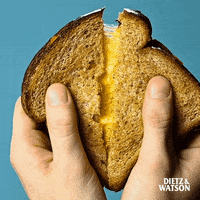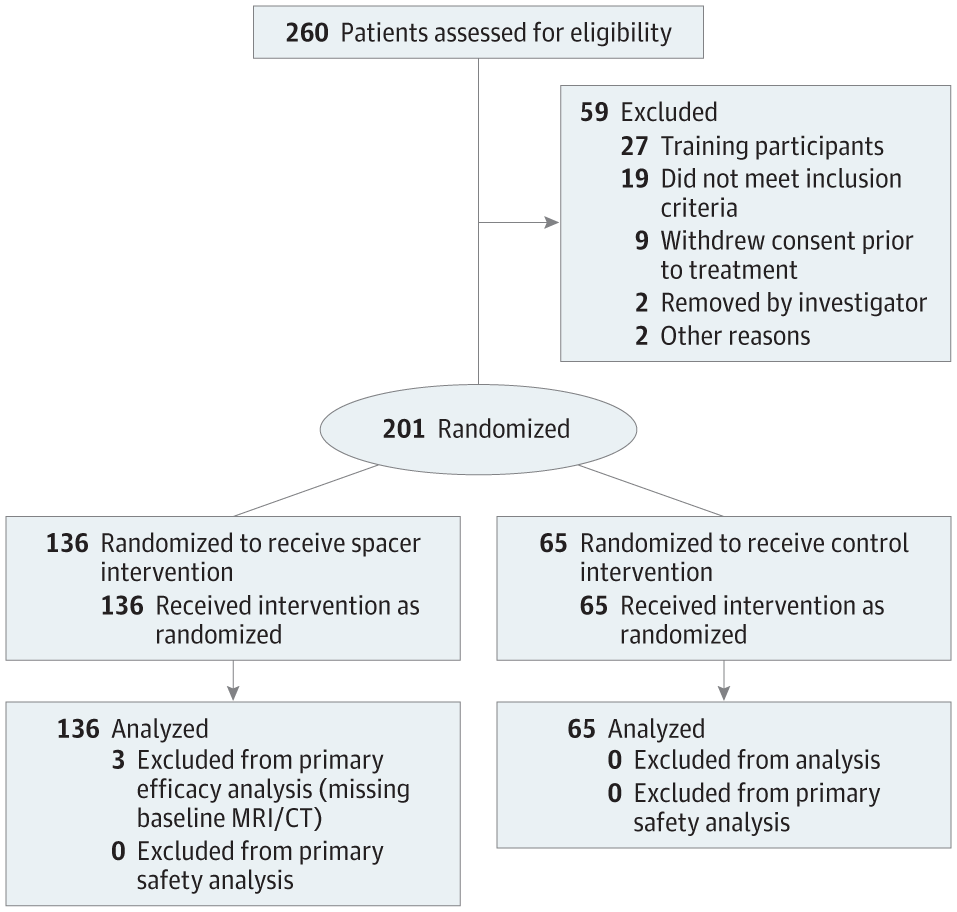- Joined
- Oct 10, 2011
- Messages
- 8,963
- Reaction score
- 11,456
- Points
- 8,831
- Attending Physician
Where is 'there' ? I don't do SBRT. And I def don't don't do da colostomy gel.
I'm here, I'm doing hypofrac.. but I'd offer conv for a patient who has...
a) large prostate (100 cc? or so), some folks say 100, some say 125 or even 150..
b) aua 15+ and bothered
c) UTI history
d) other relevant history (Pelvic surgery with GU issues)
or combinations.. which I just did, a few minutes ago.
No reason to change fractionation based on prostate size.
Same with AUA.
Same with UTI history
Same with pelvic surgery with GU issues.
If ya disagree, show me the evidence that literally any of the above matters in terms of offering mod hypofrac.
I'm offering mod hypofx to all patients. I'm more strongly recommending it in those with baseline GI issues given that's what the data shows. And even that is a discussion. I feel like we got people saying "mod hypo is the only SOC" and old-school folks "I only offer conventional" and the right answer is in the middle, but I'm still not a fan of the above.








